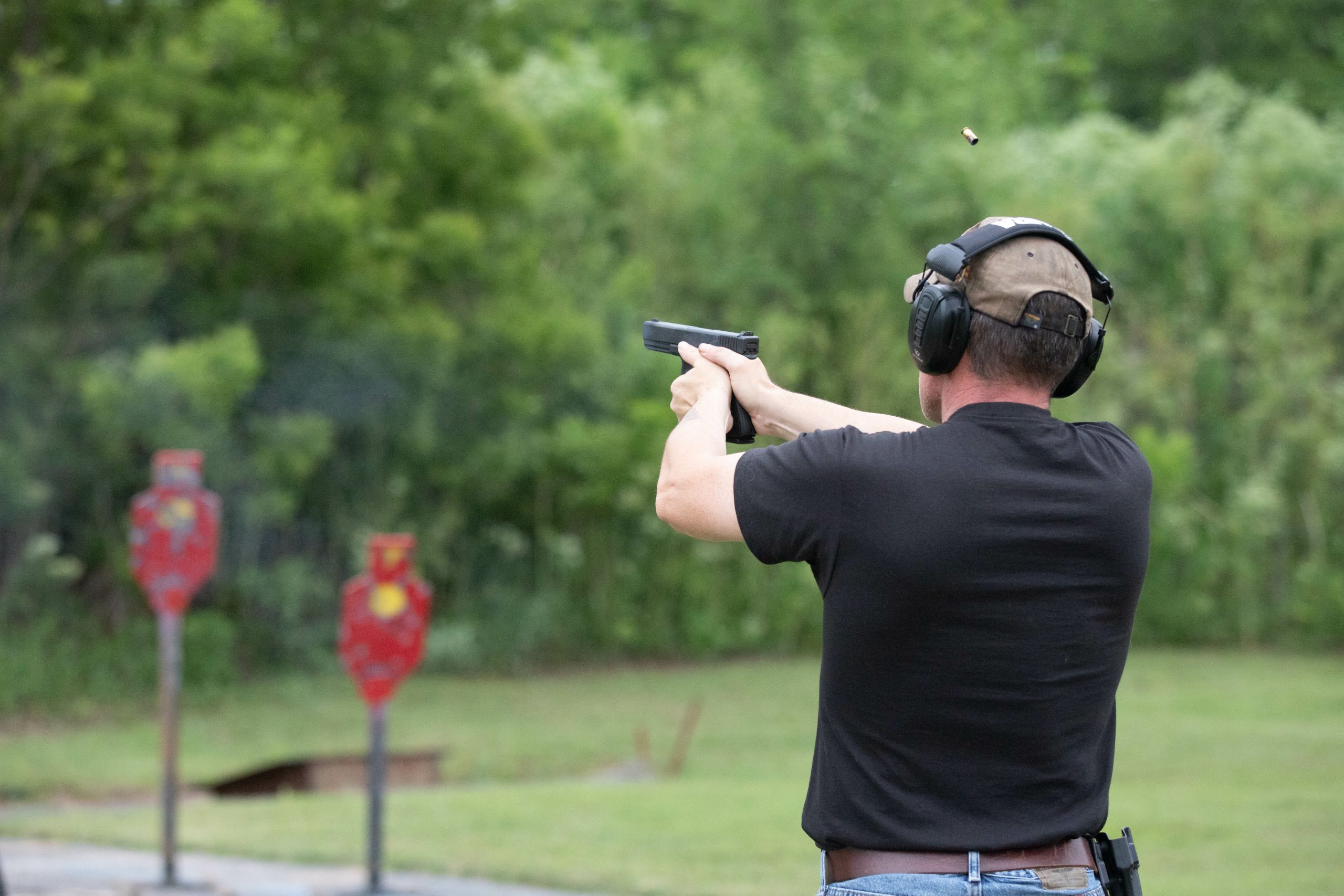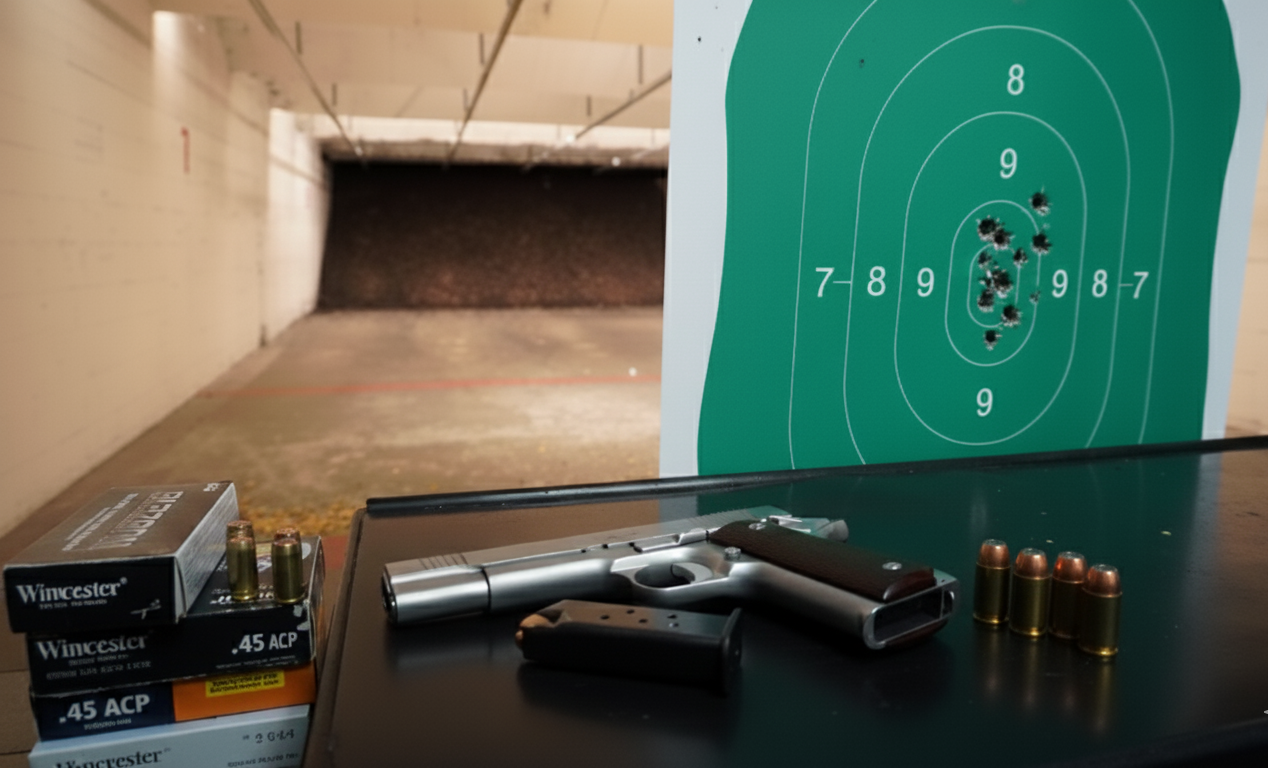Carrying a concealed firearm is a serious responsibility. Many beginners focus solely on owning a gun and overlook crucial aspects like training, situational awareness, and legal compliance. Avoiding these common mistakes can help you carry safely, confidently, and legally. This beginner’s guide breaks down what to watch out for and how to prepare for responsible concealed carry.
1. Skipping Legal Education
One of the biggest beginner mistakes is not fully understanding the laws surrounding concealed carry. Every state has its own rules about:
- Where you can carry (schools, government buildings, private property)
- How to transport your firearm safely
- When and how you can legally use it
Tip: Take a certified LTC course and study your state’s concealed carry laws. Legal knowledge is the foundation for safe and responsible concealed carry.
2. Neglecting Proper Training
Simply owning a firearm is not enough. Beginners who skip regular training may react slowly or unsafely in high-stress situations.
Tips for Effective Training:
- Attend live-fire concealed carry courses
- Practice drawing, re-holstering, and aiming safely
- Incorporate dry-fire exercises at home to build muscle memory
Consistent training ensures you’re prepared for real-life situations, improving both confidence and safety.
3. Choosing the Wrong Holster
A poor-quality holster can cause printing, slow draws, or even accidental discharges. Beginners often pick a holster based on appearance or price rather than safety and functionality.
How to Choose the Right Holster:
- Invest in a holster that fits your firearm and carry style
- Test for comfort, retention, and accessibility
- Remember, a good holster secures your gun while allowing a smooth, natural draw
4. Carrying the Wrong Firearm
Not all guns are suitable for concealed carry. Many beginners choose firearms that are too large, heavy, or difficult to control under stress.
Tips for Selecting the Right Firearm:
- Consider size, weight, and caliber
- Test-fire multiple models before purchasing
- Prioritize reliability, ease of use, and comfort over aesthetics
The right firearm should feel like a natural extension of yourself, allowing you to carry confidently every day.
5. Overlooking Situational Awareness
A firearm does not replace common sense. Beginners often neglect awareness of their surroundings, which is critical for preventing dangerous situations.
How to Stay Alert:
- Scan your environment for exits, cover, and potential threats
- Stay aware of unusual behavior or situations
- Make calm, informed decisions instead of reacting in panic
Situational awareness is your first line of defense and can prevent problems before they escalate.
6. Failing to Maintain Your Firearm
Even the most reliable firearm can fail without proper maintenance. Beginners sometimes neglect cleaning, inspections, or checking ammunition.
Maintenance Tips:
- Clean your firearm after each range session or extended carry
- Inspect for worn or damaged parts regularly
- Use manufacturer-recommended, reliable ammunition
A well-maintained firearm ensures safety, reliability, and consistent performance.
7. Not Planning for Daily Carry
Concealed carry is a daily habit, not a one-time purchase. Beginners often fail to plan for comfort, clothing, and logistics, which can make carrying inconvenient or unsafe.
Tips for Daily Carry:
- Choose clothing that accommodates your carry style comfortably
- Plan firearm storage at work, in your vehicle, and at home
- Practice daily carry to build confidence and familiarity
Final Thoughts
Responsible concealed carry goes beyond just owning a gun, it requires knowledge, training, and awareness. Avoiding these common beginner mistakes helps ensure that you carry safely, legally, and confidently. Remember, the goal isn’t simply to have a firearm, it’s to be prepared, trained, and mindful every time you carry.



